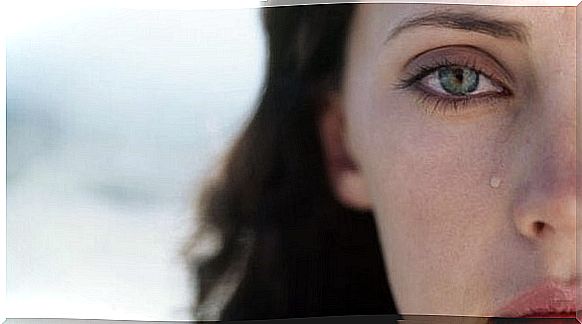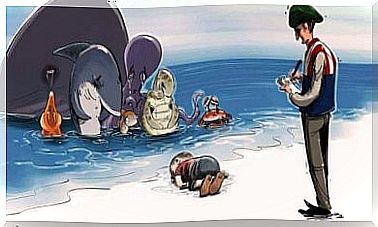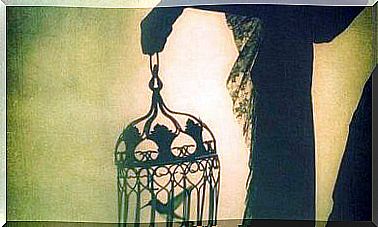The Grieving Process: Finding Closure To Start Over

When we close a chapter of our lives, it’s the end of a story. When we say goodbye, we write an ending. If we don’t find closure and don’t go on living, it will continue to haunt us. We will keep repeating the same thing until we manage to put the period at the end of the sentence and press ‘enter’. The grieving process allows us to make a fresh start and start over, on a new page.
Grief is defined as the process of emotional adjustment after a certain type of loss. A loss does not necessarily mean death. It is true that in our collective subconscious we associate this word most strongly with this type of loss, but it can also be used to refer to divorces, new jobs, a big move….
Stages of grief
The different stages of grief, as suggested by Dr. E. Kluber Ross, are the following:
- Denial : The grieving person refuses to accept the loss. He could also be in a state of shock, which prevents him from getting on the path he will inevitably have to find.
- Anger : At this stage, the grieving person shows frustration and anger. He could focus these feelings on the circumstances that caused his loss, on himself, on other people, and so on.
- Negotiation : In the face of his loss, he tries to find solutions. In the case of the loss of a loved one, this stage of negotiation may include returning to activities that he did together with the deceased person.

- Grief : At this stage, the grieving person experiences their loss through pain and works with the grief that arises. It is a phase of withdrawal.
- Acceptance : In this stage, the person becomes aware of the loss and the moment he or she is in. He accepts it and tries to adapt to the new situation, putting together the remaining puzzle pieces.
These stages are not the same for everyone. They also do not have to occur in this order or for a specific duration. This list is only intended to help you understand the process. The most important thing about this list is to know when working with a grieving person that they will adopt a different attitude towards their grief at each stage. This attitude will determine the resources we put at his disposal and the tasks we propose him to do.
Without the proper closure, all processes are often repeated, stagnate or relapse. All the mistakes we see in others, that we have ignored or pushed away without processing them, send us in the same direction. We must experience the pain of loss. We need to see how we feel and we need to get the energy out of our anger so that we can accept our sadness as part of who we are.
If we don’t find a seal, we’ll just put a band-aid on a bleeding wound. We treat the things that hurt us only superficially. The relief is only temporary. It works until we run into something else.
Working on the pain by alleviating the suffering
In the book The Path of Tears , Jorge Bucay explains the following:

The pain we must feel is a healthy emotion. It is the feeling that the wound is healing. It connects us to our inner self and helps us process the loss. It gives us time for ourselves, it creates distance and satisfies a need.
No emotion is highly dysfunctional. Therefore, loss implies sadness, pain, distance, anger, and so on. These are stages, but if they last longer than necessary and make it impossible to live your life for any length of time, it’s time to ask for help. When sadness turns into depression, anger into unwarranted aggression, distance into personal neglect, or pain into fear, there is indeed something wrong with the healing process. We are not on the right track. We have to ask for help.
What role do I have in the grieving process?
Knowing why a stage has ended and looking for the positive message helps me get to know myself better. Understanding what went wrong, what I did wrong, helps me understand how to get better. I can learn what I want to change, what I want to keep or what I could have done better.

The grieving process takes me to a special kind of ending. It marks the end of a story. It is not a passive process, it requires emotion, action, desire and strength to continue. Writing a good ending requires personal reflection. Then we can start a new chapter, with everything we have learned and enjoyed.








